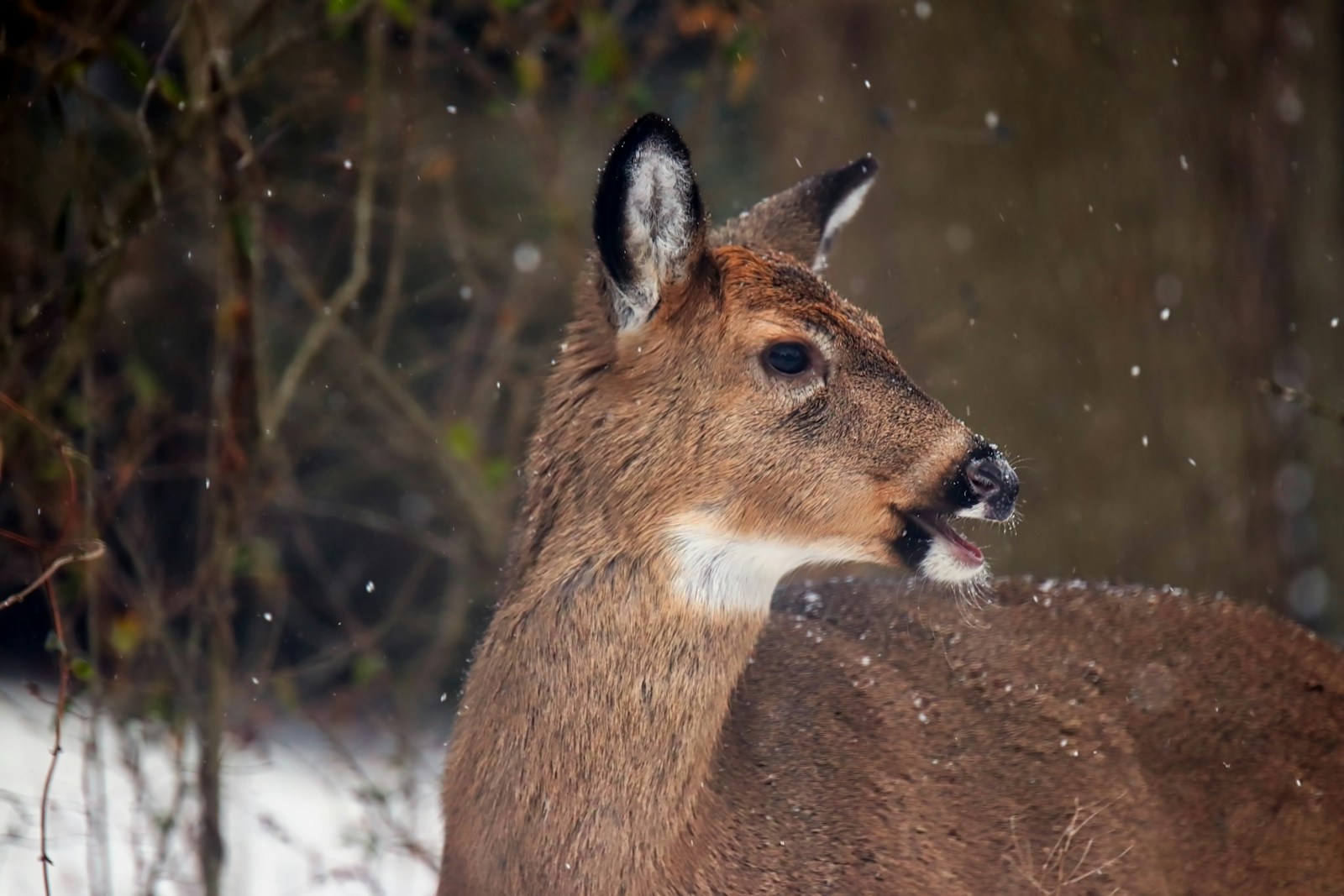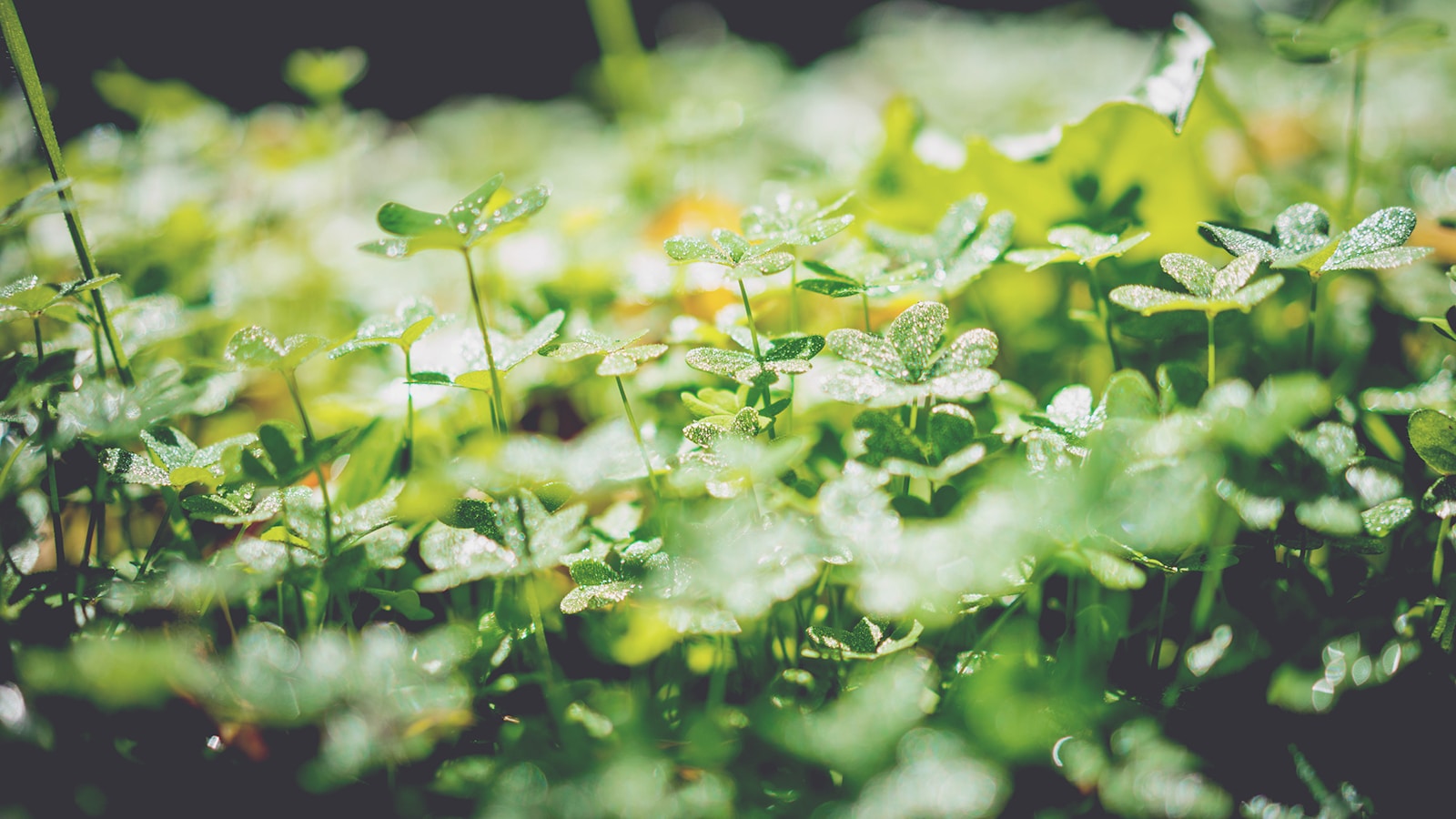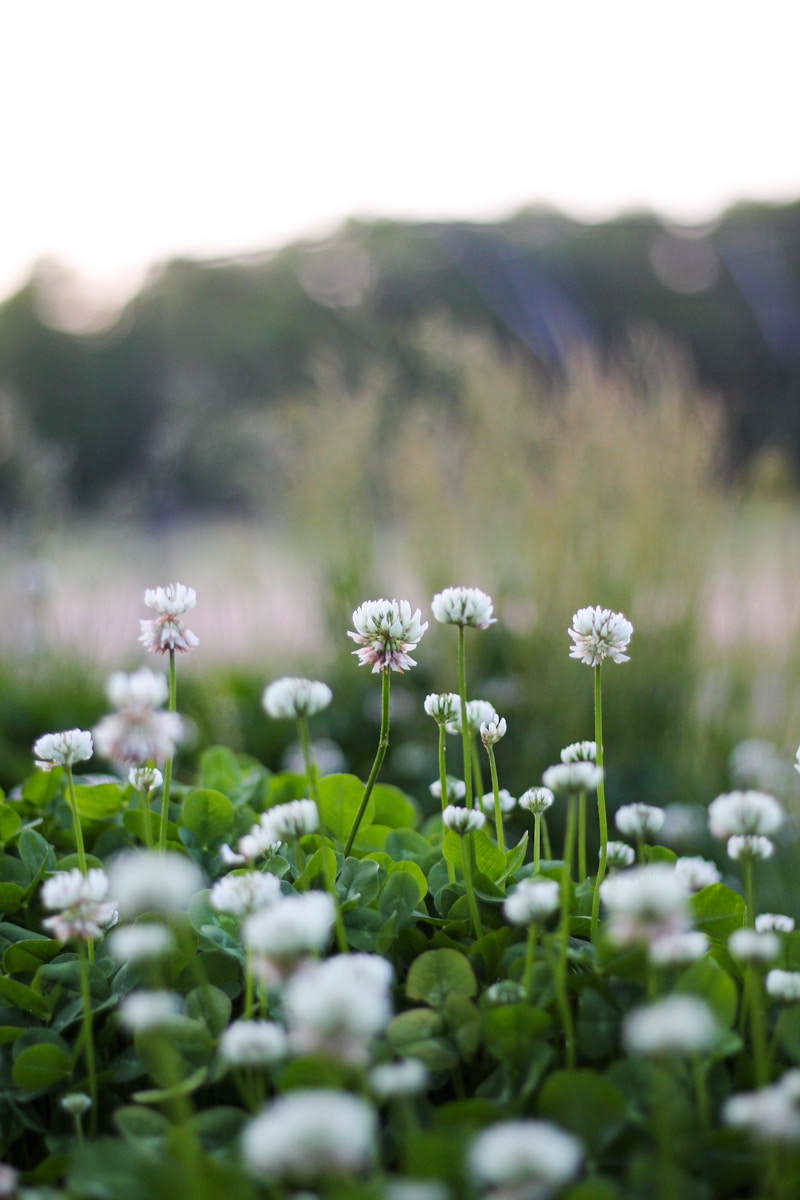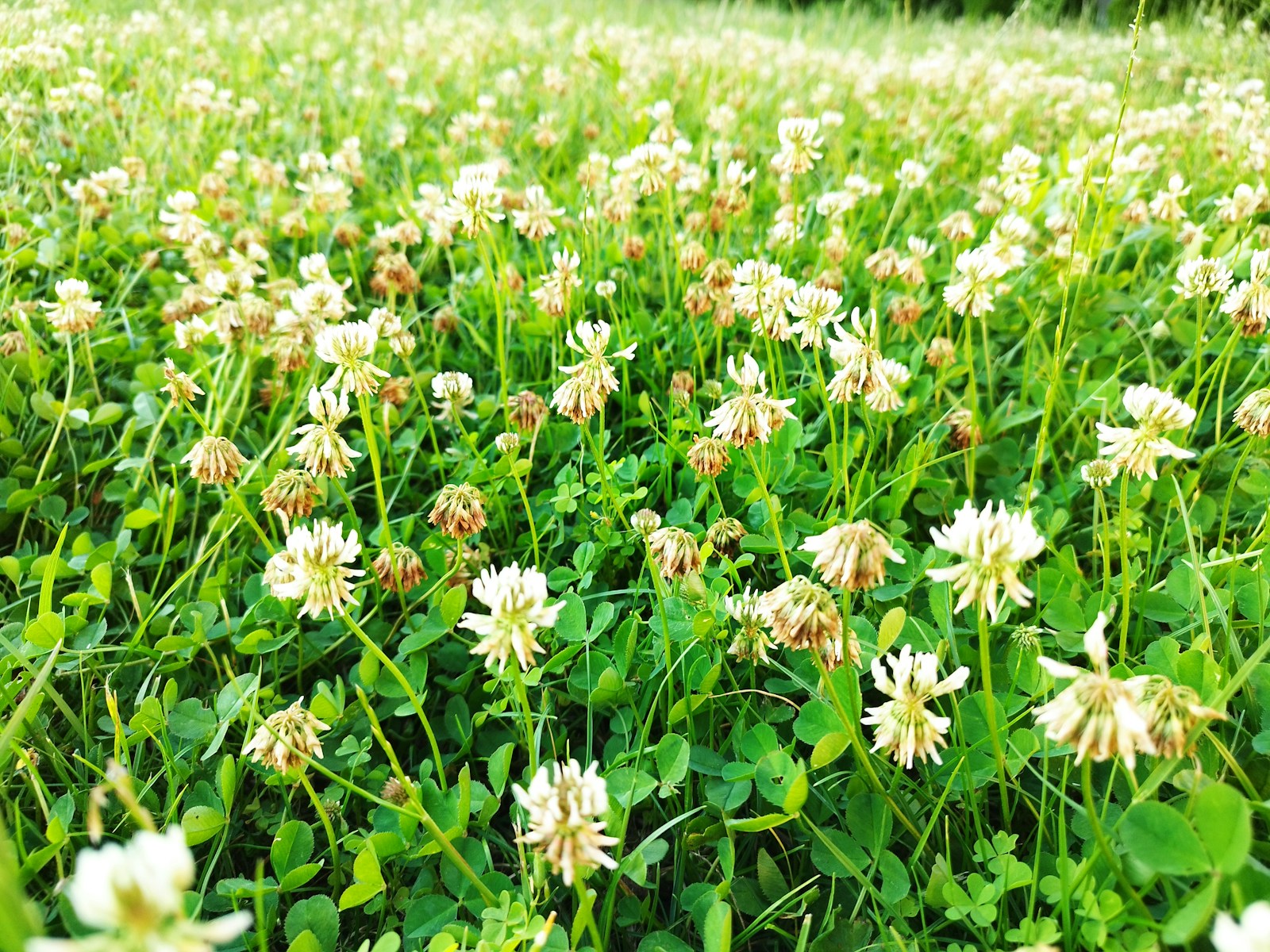Introduction: Can Milorganite Really Repel Deer?
Deer are a frequent problem for gardeners and homeowners with lush landscapes, often munching on plants and flowers in ways that can be frustrating and costly. While there are plenty of deer repellents on the market, one product that’s received growing attention is Milorganite—a slow-release, organic fertilizer made from heat-dried microbes. The question on many gardeners’ minds: can Milorganite also serve as a deer repellent?
In this article, we’ll dive into whether Milorganite is a viable option for keeping deer out of your yard, how it works, and the pros and cons of using it as part of your deer management strategy.
What is Milorganite?
Before discussing its effectiveness as a deer repellent, it’s important to understand what Milorganite is and how it’s used.
Milorganite is a fertilizer made from treated sewage sludge, primarily composed of nitrogen, phosphorus, and potassium. After undergoing a heat treatment process, Milorganite becomes a stable, nutrient-rich product that is safe for plants, pets, and humans when applied properly. It’s often used in lawns, gardens, and landscaping projects because it’s an environmentally friendly option for enriching the soil.
How Milorganite Acts as a Deer Repellent
The idea that Milorganite could deter deer isn’t entirely new. While it’s primarily marketed as a fertilizer, its use as a deer repellent has gained popularity due to its scent and the fact that it’s made from organic materials.
Deer have a highly sensitive sense of smell, and strong odors often signal potential danger or an unpleasant environment. Milorganite has a distinct, earthy odor that, while not noticeable to humans, is strong enough to repel deer. The scent comes from the treated organic materials, which deer associate with something unnatural or unpalatable. This odor can make the area less inviting, leading deer to look elsewhere for food.
How to Use Milorganite as a Deer Repellent
If you’re considering Milorganite as a deer deterrent in your landscape, here’s how to apply it:
- Choose the Right Milorganite Formula: Standard Milorganite fertilizer will work, but ensure that it is the heat-dried variety to retain the strong smell needed to deter deer.
- Apply in the Right Areas: Focus on areas where deer are known to graze, such as near garden beds, trees, or shrubs. Spread a thin layer over the soil, and avoid overapplying as it might not be necessary.
- Reapply Regularly: Milorganite’s odor doesn’t last forever. Reapply every 4–6 weeks during the growing season, or after heavy rainfall, as it can wash away.
- Use in Conjunction with Other Strategies: For best results, pair Milorganite with physical barriers like fencing or other deer deterrent plants.
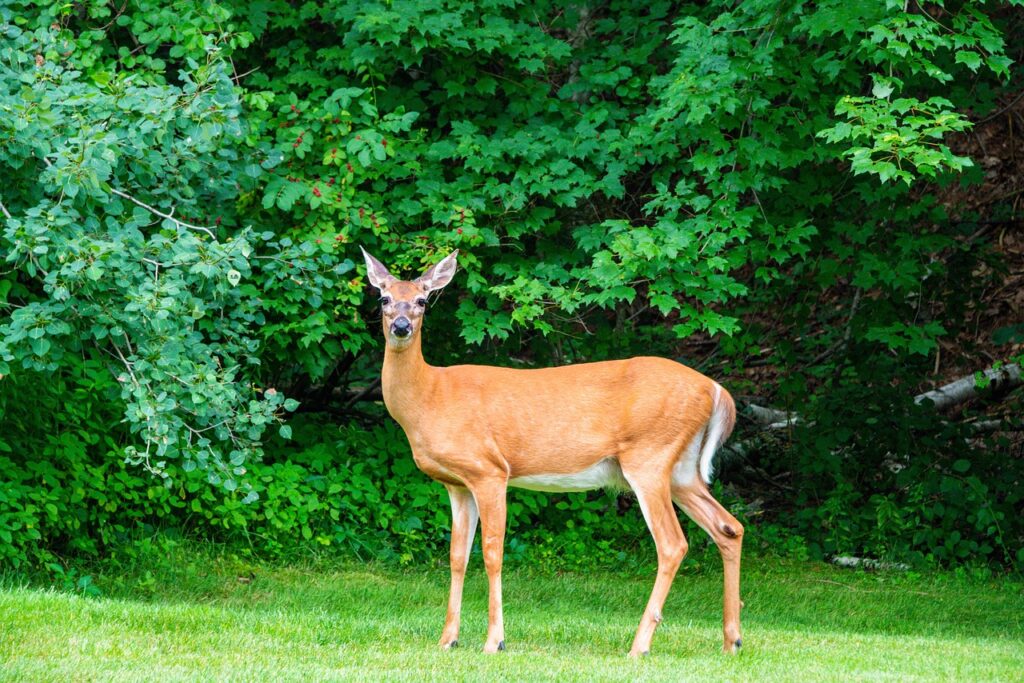
Advantages of Using Milorganite as a Deer Repellent
1. Natural and Safe for the Environment
Milorganite is made from recycled organic material, which means it’s both eco-friendly and sustainable. Unlike chemical repellents, it won’t harm wildlife or the surrounding ecosystem.
2. Dual Purpose
While it helps keep deer away, Milorganite also provides essential nutrients to your soil. This makes it a great option if you want to fertilize your garden while also repelling wildlife.
3. Long-lasting Effectiveness
Because it’s a slow-release fertilizer, Milorganite continues to provide a mild deterrent for deer over an extended period. The odor lingers long enough to prevent deer from frequenting the area.
4. Cost-Effective
Compared to some high-priced commercial deer repellents, Milorganite is affordable and easy to apply. You’re essentially getting a fertilizer and a repellent in one product.
Disadvantages of Using Milorganite as a Deer Repellent
1. Limited Range
Milorganite’s odor is effective only within a limited radius from the application site. If you have large open areas where deer graze, you may need to apply it more frequently or in combination with other methods.
2. Odor Fade
The smell that repels deer will fade over time, especially after rainfall. This requires more frequent reapplications compared to synthetic repellents.
3. Can Attract Other Animals
While it deters deer, other animals such as dogs or small rodents might be attracted to the scent of Milorganite, potentially leading to new challenges in managing pests.
Comparisons to Alternative Deer Repellents
When considering Milorganite as a deer repellent, it’s helpful to compare it with other available options.
- Commercial Deer Repellents
Products like Liquid Fence or Deer Off are designed specifically for repelling deer, and often contain more potent ingredients like putrescent egg solids, garlic, or hot pepper extracts. These can be highly effective, but they may contain chemicals or synthetic ingredients that aren’t as eco-friendly as Milorganite. - Fencing
A physical barrier, such as a deer fence, is one of the most reliable methods to keep deer out of your yard. However, fencing can be expensive to install and may not be practical for smaller yards or gardens. - Plants that Repel Deer
Certain plants, such as lavender, marigolds, or daffodils, are known to repel deer due to their strong scents. While these are effective in some cases, they can’t cover large areas and require careful planning and maintenance.
Sustainability Considerations
One of the primary benefits of using Milorganite as a deer repellent is its sustainability. Milorganite is a byproduct of treated wastewater, and its production helps reduce the environmental impact of sewage treatment. By choosing Milorganite, you’re supporting a circular process that turns waste into a valuable resource for your garden.
Moreover, unlike some chemical repellents, Milorganite is non-toxic and won’t harm the soil, plants, or animals in your area. Its use supports an organic approach to garden management, appealing to homeowners who prefer natural and eco-friendly alternatives.
Common Mistakes to Avoid
While Milorganite can be a highly effective deer repellent, there are a few common mistakes that homeowners should avoid:
- Over-applying
Too much Milorganite can not only be wasteful but can also lead to nutrient imbalances in the soil. Stick to recommended amounts to avoid any issues with plant health. - Ignoring Reapplication Needs
Don’t forget that the scent will dissipate over time, especially after heavy rainfall. Regular reapplication is crucial to maintain its repellent effect. - Expecting Instant Results
While Milorganite works over time, it’s not an immediate fix. Be patient and allow it to work alongside other deterrent methods for maximum effect.
Real-Life Case Studies: Homeowners’ Experiences
Homeowners across the country have shared their success stories with using Milorganite as a deer repellent. For instance, in a suburban garden in Ohio, a family struggled with deer munching on their prized vegetable garden. After applying Milorganite around the perimeter, they noticed a marked decrease in deer visits, though they also combined it with a few strategic plantings of deer-resistant flowers.
In a more rural setting in Wisconsin, a homeowner surrounded their orchard with Milorganite and found that deer were less likely to venture near the trees, thanks to the strong scent of the fertilizer. However, they recommended using a fence for larger areas, as Milorganite alone wasn’t enough for broad-scale protection.
Final Thoughts: Is Milorganite Right for Your Yard?
Milorganite can serve as an effective, natural deer repellent, especially if you’re already using it as a fertilizer. Its scent works to deter deer from grazing in your yard, making it a convenient and eco-friendly choice. However, it does have some limitations, including the need for frequent reapplication and a limited range of effectiveness.
If you’re looking for a sustainable way to protect your garden without resorting to harsh chemicals, Milorganite is certainly worth considering. Just remember that it works best when used in combination with other methods, such as physical barriers or other natural repellents, for a comprehensive approach to managing deer in your landscape.
For more detailed gardening and wildlife management tips, be sure to check out our other articles on organic gardening solutions and sustainable landscaping practices.
